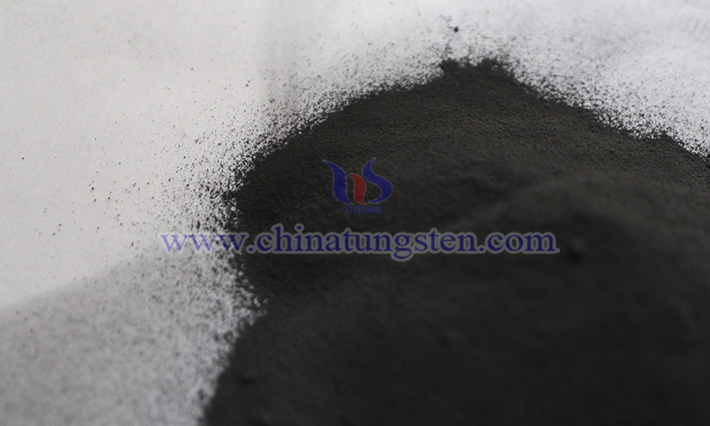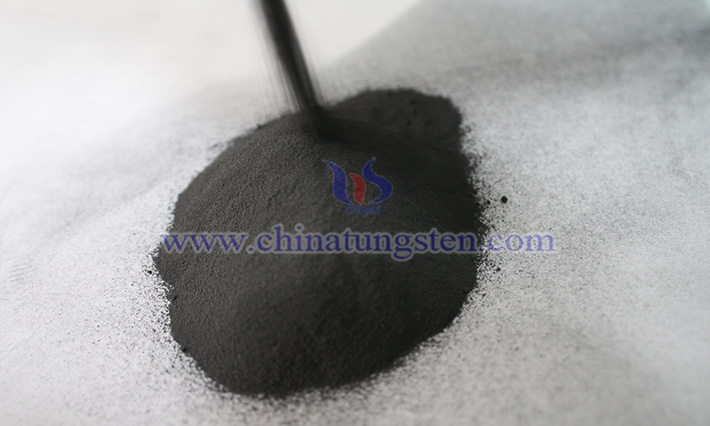Tungsten Disulfide Nanosheet: A Potential Game-Changer in the Catalysis Field
- Details
- Category: Tungsten Information
- Published on Wednesday, 12 February 2025 17:20
Tungsten disulfide nanosheet (WS₂ nanosheet) consists of tungsten and sulfur. Its structure resembles a sandwich, with one or more layers of tungsten atoms sandwiched between two layers of sulfur atoms, and these layers are held together by weak van der Waals forces. This unique layered structure endows the WS₂ nanosheet with many excellent physical and chemical properties, making it highly effective in the lcatalysis field.

I. As a Catalyst in Petroleum Processing
During petroleum processing, impurities such as sulfur and nitrogen not only reduce the quality of oil products but also generate harmful gases during combustion, contributing to environmental pollution. As a catalyst for hydrodesulfurization (HDS) and hydrodenitrogenation (HDN), tungsten disulfide nanosheet can effectively remove sulfur and nitrogen compounds from petroleum, significantly improving oil quality and reducing environmental pollution.
The high specific surface area and abundant active sites of tungsten disulfide nanosheet enhance reactant adsorption and reaction rates, accelerating hydrodesulfurization and hydrodenitrogenation processes. For example, during hydrodesulfurization, WS₂ nanosheet converts sulfides in petroleum (such as thiophene compounds) into hydrogen sulfide, which is subsequently removed. This highly efficient catalytic performance improves petroleum product purity and supports the production of clean fuels.

II. As a Catalyst in Aromatic Hydrogenation Reactions
Aromatics are important components in the petrochemical industry and are widely present in various petrochemical products. Through hydrogenation reactions, aromatics can be converted into more valuable cycloalkanes or saturated hydrocarbons, increasing product value. WS₂ nanosheet exhibits excellent catalytic activity and selectivity in aromatic hydrogenation reactions, significantly enhancing reaction efficiency.
The layered structure of tungsten disulfide nanosheet significantly enhances its catalytic performance. Its moderate interlayer spacing allows reactant molecules to easily access the catalyst’s interior and interact with active sites, improving reaction efficiency. In addition, sulfur vacancies and edge active sites on WS₂ nanosheet adsorb and dissociate hydrogen molecules, providing abundant active hydrogen for aromatic hydrogenation reactions. This highly efficient catalytic mechanism enables WS₂ nanosheet to excel in aromatic hydrogenation reactions, allowing selective synthesis of target products with high yields.
- Tungsten Oxide Manufacturer & Supplier, Chinatungsten Online: www.tungsten-oxide.com
- Tungsten News & Prices of China Tungsten Industry Association: www.ctia.com.cn
- Molybdenum News & Price: news.molybdenum.com.cn
- Tel.: 86 592 5129696; Email: sales@chinatungsten.com



 sales@chinatungsten.com
sales@chinatungsten.com